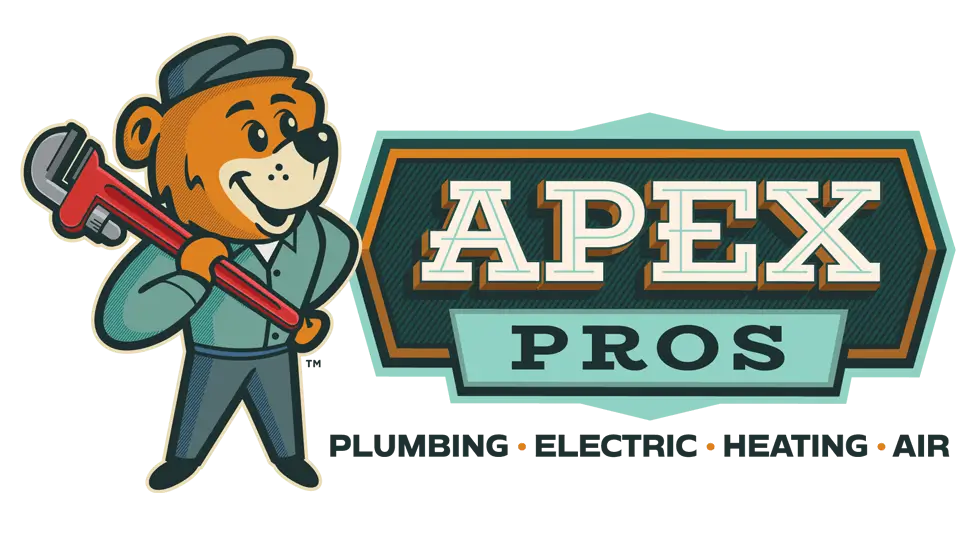
If you live in an area that experiences lots of precipitation or flooding — and parts of Columbus, OH match that description — a sump pump is a must. These units work by pumping out water from the basement or crawlspace to prevent structural damage, mold growth, and other potential issues. Like any other type of machinery, sump pumps require regular maintenance to ensure they continue working properly. Should you neglect to inspect, test, and maintain your sump pump, there is a good chance that it could fail just when you need it most. With that in mind, here is everything you need to know about sump pump maintenance.
How Often Do Sump Pumps Need Maintenance?
Sump pumps should be fully inspected, cleaned, and maintained once a year. If your sump pump runs quite frequently, you may want to do all of this more often. Basic maintenance tasks include cleaning out the sump basin and the unit’s inlet screen, as well as testing to make sure the pump works properly. Some homeowners attempt to do this on their own, but due to the task being both complex and unpleasant, most rely on professionals. If you have any issues or don’t feel comfortable, it is always best to hire an expert to ensure that you don’t damage the unit.
Cleaning the Sump Basin and Inlet Screen
Cleaning out the sump basin and the unit’s inlet screen is one of the most essential parts of sump pump maintenance. Over time, sludge and debris can collect inside the basin and begin to clog the inlet screen on the sump pump. The screen works to prevent debris from getting inside the unit and damaging the motor and components. When the screen is dirty, the unit will have to work much harder to pump water out of the basin. If the screen gets fully clogged, the pump won’t work at all, and the motor can overheat and burn out.
To clean out the basin, the sump pump must first be unplugged from the outlet and then carefully disconnected from the discharge pipe that leads outside. The pump can then be lifted out of the basin and set inside a bucket or a plastic bag.
There’s no need to worry if there is a small amount of standing water in the basin because this is normal. However, if the water is fully covering the unit, it indicates that the pump isn’t working for some reason. In this case, you will certainly need to have a professional plumber either repair the unit or replace it.
Once the pump has been taken out, it’s necessary to remove any solid debris and then use a wet/dry vacuum to suck any remaining water out of the basin. If there is lots of sludge stuck inside the basin, it should be scraped, and as much of it should be sucked out as possible. Unfortunately, this can be quite a nasty job that you may not really want to do on your own. If you do choose to, make sure you wear gloves and goggles or a facemask. Otherwise, simply call in a professional.
After cleaning out the basin, the sump pump must be turned on its side and the inlet screen on the bottom of the unit located. A toothbrush and warm water can be used to scrub as much dirt and debris off the screen as possible. If the screen is extremely dirty, it can be sprayed with vinegar and then scrubbed again after letting the vinegar sit for 10 minutes or so.
Once the screen is clean, the sump pump can be put back into the basin. When setting the unit, make sure that it is fully upright and level. Otherwise, it won’t work properly or may not turn on at all. Then, the unit can be reconnected to the discharge pipe and plugged back in so it can be tested it.
Sump Pump Testing
Testing the sump pump involves filling up the basin with water until the unit turns on. Once the water reaches the unit’s float or activates the sensor, the pump should automatically start working. The easiest way to fill up the basin is to run a garden hose from outside the house, which will require another person outside to turn the water on and off.
If this isn’t possible, a few buckets can be filled up with water. The water is simply dumped in until the unit turns on. Again, if the water reaches the top of the pump and it still doesn’t start running, you will need to have a professional inspect and repair or replace the unit.
Once the unit starts pumping, it is also important to go outside and check to make sure that water is flowing out of the discharge pipe. If the pump is running and no water is flowing, it means that the pipe is either broken or clogged and will need to be professionally repaired.
Inspecting and Cleaning a Sump Pump
Sump pumps also need to be fully inspected and cleaned at least once a year, and this is something that should be done outdoors. After removing the unit from the basin, it should be put into a bucket or wrapped in plastic bags to prevent nasty water from spilling as it’s carried outside.
The sump pump will likely be coated with grime and sludge, and the easiest way to get rid of this is to spray the unit off with a hose. In some cases, it may be necessary to scrape away any gunk that is stuck to the unit. Spraying the unit with vinegar can also help to loosen everything up and make it easier to scrape off.
Once the unit is fully clean, it needs to be inspected for any signs of damage, rust, or corrosion. Again, if you’re not sure what you’re doing, this is something that you should hire a professional for. If the unit is rusted or damaged, you may want to consider having it replaced, as it may soon stop working properly or fail altogether.
Lubricating Sump Pump Bearings
Some sump pumps also need to have their bearings lubricated regularly to work properly. If the bearings aren’t lubricated, the friction can cause the motor to overheat or seize up. That being said, this is not true of all units, as some have sealed bearings that don’t need lubrication. For this reason, you will want to consult the owner’s manual to see what type of bearings the unit has. If the bearings do need to be lubricated, the manual will also give you detailed instructions on how this should be done. Alternatively, you can have a professional do this as part of your annual sump pump maintenance.
Professional Plumbing Services in Columbus
At Apex Plumbing, Heating, and Air Pros, we install, repair, and maintain all types of plumbing fixtures and equipment. This includes sump pumps as well as water heaters, water filters, toilets, sinks, and other bathroom and kitchen fixtures. We’re experts in leak detection and repair, drain cleaning, bathroom remodeling, and gas line installation and repair. Our team also specializes in sewer line and septic tank repairs as well as excavation. If you have any questions about sump pump maintenance or any of our other services, just give us a call at Apex Plumbing, Heating, and Air Pros today.





